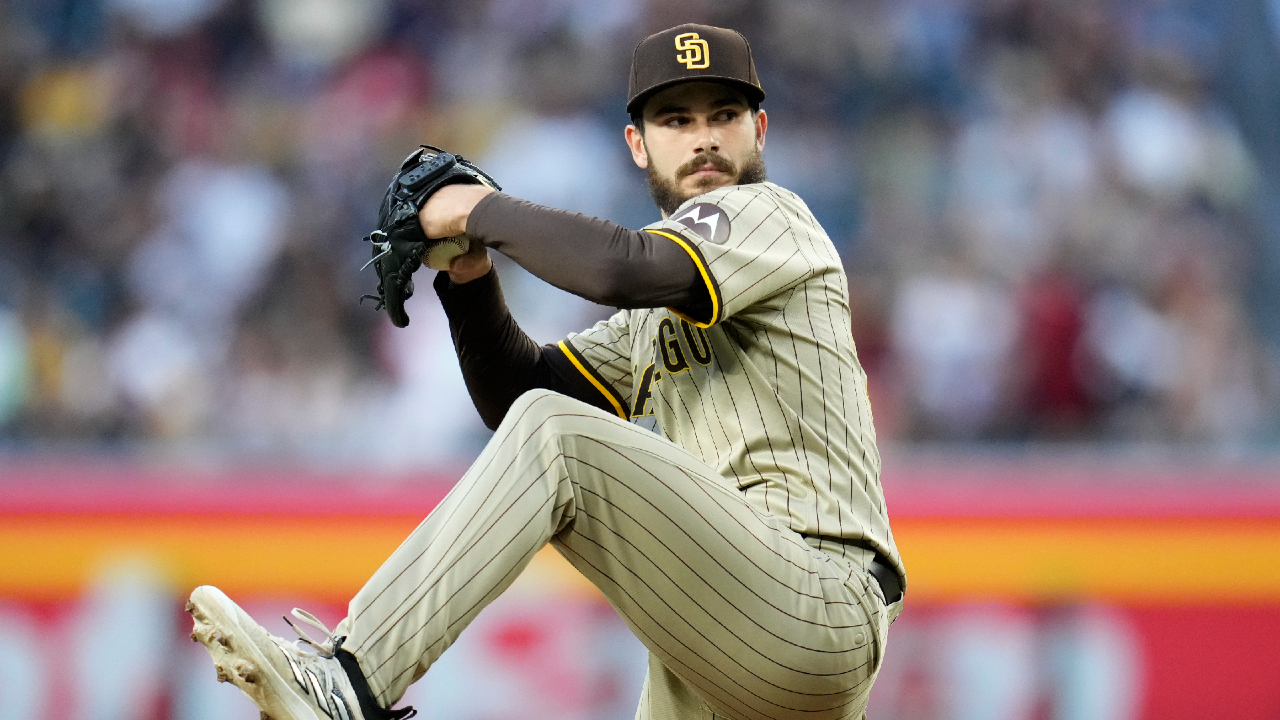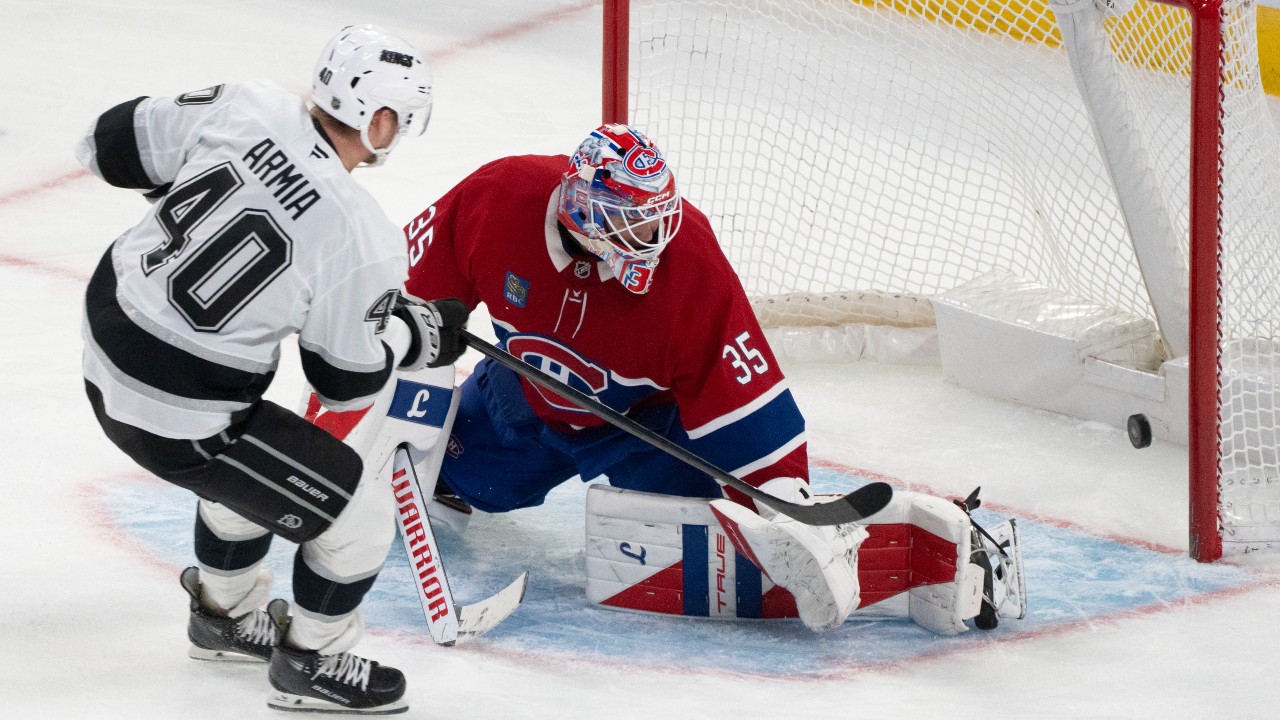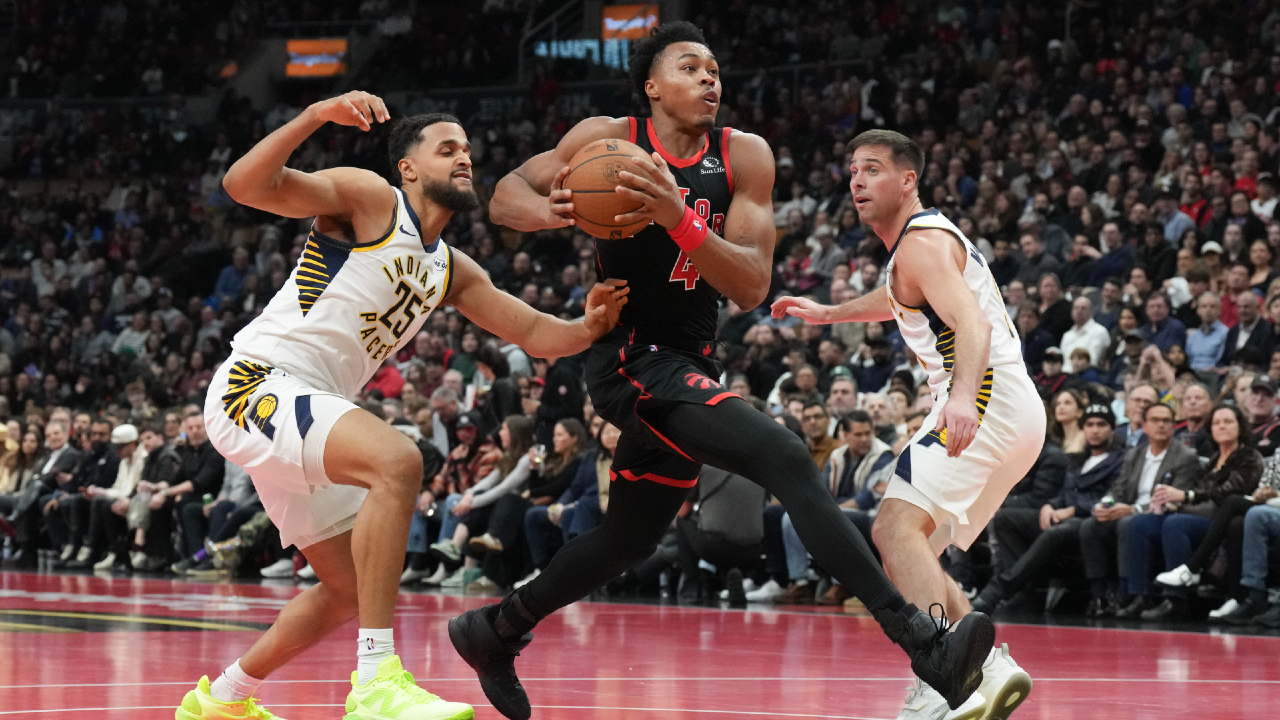
TORONTO — For the Toronto Blue Jays, the pending Dylan Cease deal is both extremely on-brand and a meaningful departure from the recent past.
It’s on-brand because the Blue Jays covet durable starting pitchers, and have consistently committed multi-year deals to top free agent pitchers from Hyun Jin Ryu and Yusei Kikuchi to Kevin Gausman and Chris Bassitt. And while the occasional deal has backfired, the Blue Jays have generally shopped well here, finding some vitally important arms for fair prices.
Another reason the seven-year, $210 million deal is on-brand: it was predictable. At the GM Meetings in Las Vegas, sources close to the team said the top priority was adding a starting pitcher, given the upcoming departures of Bassitt and Max Scherzer. A couple of weeks later, Cease is set to sign the biggest commitment a Blue Jays pitcher has ever received.
He breaks Gausman’s five-year, $110-million deal by a cool $100 million, giving the Blue Jays the two pitchers with the most strikeouts this decade (Cease’s 1,150 top Gausman’s 1,099 since 2020). Of course, the Blue Jays are paying Cease for what comes next, not for what he’s already done.
Despite the 4.55 ERA he posted in 2025, there are many reasons to believe better results are ahead next year. With a lifetime ERA of 3.88 and at least 3.4 fWAR in each of the last five seasons, there’s a long track record of success here. Now 29 with a fastball that averages 97.1 m.p.h., he’s very much in his prime.
Plus, Cease’s worst seasons have been undermined by poor defensive work. The Padres allowed a .323 batting average on balls in play with Cease pitching this past season, well above the MLB average of .291. But while San Diego defence did him no favours, the Blue Jays have a strong defensive team that should better support Cease in 2026.
He isn’t a perfect pitcher — lefties hold their own against Cease and his barrel rates are uncomfortably high — but he’s still someone you’d happily turn the ball to in a playoff game, and that ERA is likely coming down in 2026.
Now, all of that’s on-brand for the Blue Jays, as is doing business with agent Scott Boras, who also represented Ryu and Kikuchi. What’s different about this deal is its timing and what it says about Toronto as a free agent destination.
Timing-wise, a Nov. 26 agreement with Boras is telling. Baseball’s most prominent agent doesn’t advise clients to sign this early unless they’re getting exactly what they want, if not more. The Blue Jays are paying full price here — but coming off a memorable World Series run, they aren’t limited to bargain shopping. Clearly, they’re comfortable paying retail for a premium arm like Cease.
In recent years, the Blue Jays have often chosen to stay patient, sticking to their valuations even if that meant waiting until January to complete their shopping. Striking early is notable, though it doesn’t mean a new, reckless version of Ross Atkins is emerging as a maverick GM.
Entertaining though that plot twist would be, a decade of decision-making data suggests otherwise. History suggests the Blue Jays will continue methodically and that at least some of the team’s shopping will still be completed in the new year. But the Blue Jays clearly liked Cease so much that $210 million felt like a good deal, and they jumped.
Far from being used, the Blue Jays have likely had the most productive off-season of any MLB team so far, adding Shane Bieber and Cease to bolster a rotation already including Gausman, Trey Yesavage and Jose Berrios. Now that Bieber and Cease have both chosen Toronto and Vladimir Guerrero Jr. has locked in long-term, the Blue Jays are clear contenders for 2026 and the pressure is on the rest of the AL East to catch up.
From here, recruiting players should be as straightforward as it’s been in decades. Because although the Blue Jays were coming off an 88-loss season a year ago and felt that awkwardness in their free agent pitches, that’s no longer the case. Now, the recruiting pitch is self-evident. The Blue Jays were in the World Series earlier this month and they’ve since retained one accomplished arm and added another.
Even before those deals, Bo Bichette wanted to come back, so it stands to reason that’s still the case now and that he’ll remain in contact with the Blue Jays. Beyond Bichette, the Blue Jays are also well positioned to land the pitching they need. That likely includes one late-inning arm (they monitored Raisel Iglesias without making an offer and were on Phil Maton before he landed with the Cubs) and ideally a swing arm who could start if needed.
In recent years, when Atkins engaged with free agents only to see them sign elsewhere, some in the industry believed the Blue Jays were being used to drive up prices. People familiar with the negotiations said no, the Blue Jays walked away from deals too, spurning some prominent players who wanted to come to Toronto.
But after close calls on Shohei Ohtani, Juan Soto and Roki Sasaki, the second-place narrative persisted — in fact, it grew louder. Eventually, the only way to flip that story was by closing deals with star players, and ideally by winning, too. Suddenly, the Blue Jays are doing plenty of both.




